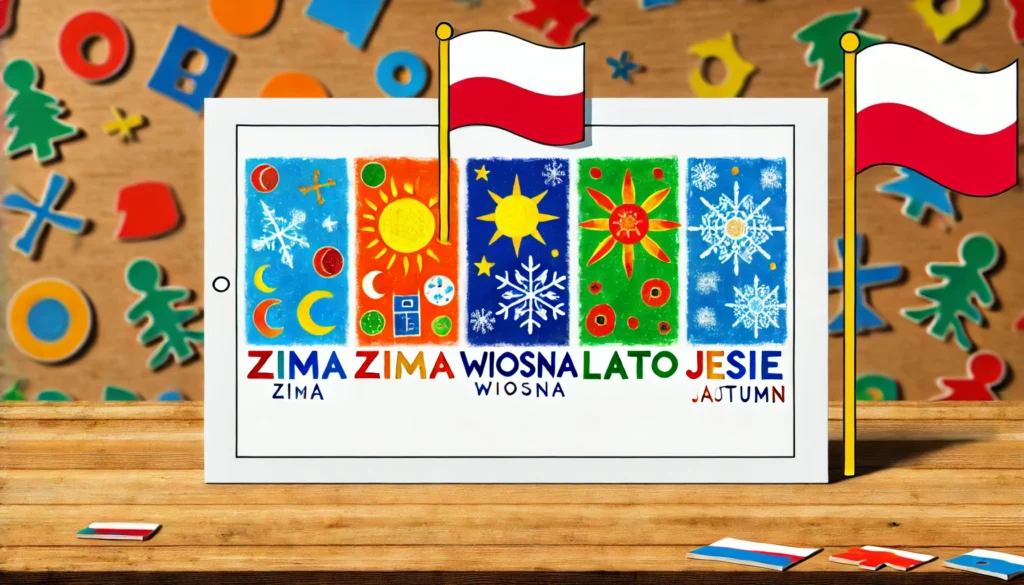Seasons in Polish
Learning about seasons in Polish is a fundamental aspect of language learning. Understanding the seasons not only helps in day-to-day conversations but also provides insights into the culture and climate of Poland. This topic is essential for building a strong foundation in the language and enhancing communication skills.
Importance of Learning Seasons in Polish
1. Cultural Understanding: Seasons play a significant role in Polish culture, influencing traditions, food, and activities. Learning about the seasons helps in understanding the lifestyle and values of the Polish people.
2. Communication Skills: Conversations about activities, weather, and plans often revolve around the seasons. Mastering the vocabulary related to seasons enhances your ability to engage in meaningful discussions with native speakers.
How to Learn Seasons in Polish
Learning about seasons in Polish can be fun and engaging with the right approach. Here are some methods to make the learning process easier:
- Flashcards: Create flashcards with the names of the seasons in Polish and relevant vocabulary words. Practice regularly to reinforce your memory.
- Interactive Apps: Use language learning apps that offer interactive lessons on seasons. These apps often include audio pronunciations and quizzes to test your knowledge.
- Language Exchange: Engage in language exchange with native Polish speakers to practice discussing seasons in context. This real-life practice enhances your speaking and listening skills.
- Immersive Learning: Watch Polish movies or listen to songs that mention different seasons. Immersing yourself in the language helps in internalizing the vocabulary.
Examples of Seasons in Polish
Here are the names of the seasons in Polish along with some additional vocabulary:
- Zima (Winter): śnieg (snow), mróz (frost), ferie (winter break)
- Wiosna (Spring): kwiaty (flowers), deszcz (rain), ptaki (birds)
- Lato (Summer): słońce (sun), plaża (beach), lato (summer vacation)
- Jesień (Autumn): liście (leaves), wiatr (wind), jabłka (apples)
By familiarizing yourself with these words and using them in context, you can easily incorporate seasons into your Polish vocabulary.
Overall, learning about seasons in Polish is not only educational but also enriching. It opens doors to deeper cultural understanding and improves your language skills. So, dive into the world of Polish seasons and enhance your language learning journey!

Wiosna(Spring)

Lato(Summer)

Jesień(Autumn)

Zima(Winter)

